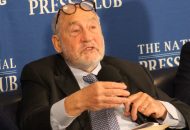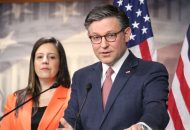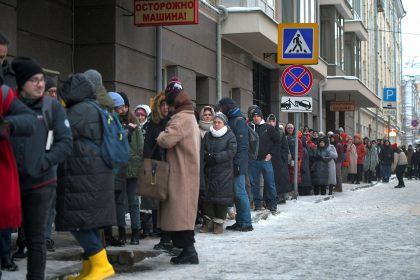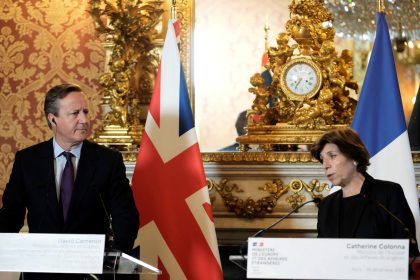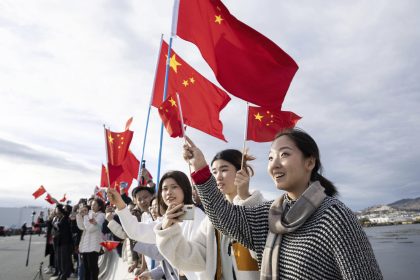Post Biden Visit, EU Ambassador Reflects on Trade and Travel
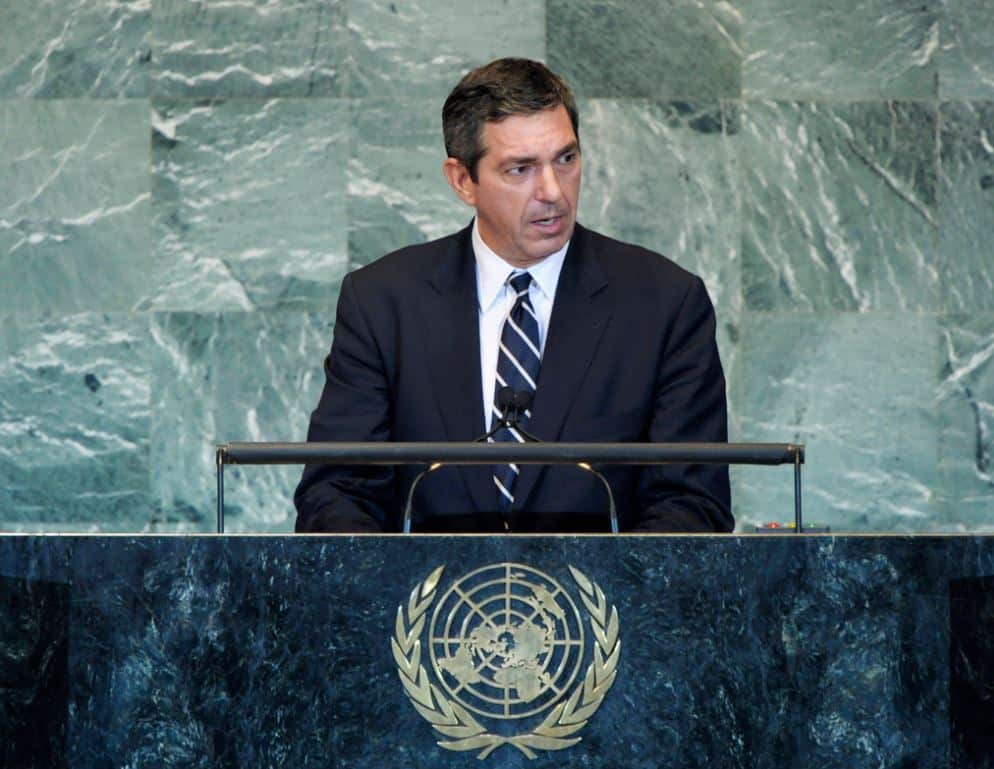
WASHINGTON — After shutting down the European Union’s embassy in April 2020, European diplomats had to follow the last months of the Trump administration from afar, stay abreast of a contentious presidential campaign virtually, and develop new relationships while transitioning to a Biden administration without the usual channels.
“What we lost were the intangibles,” EU Ambassador Stavros Lambrinidis shared in a conversation with Washington Diplomat’s Anna Gawel. “You become very good at being transactional, but all of the cross-pollination of ideas, that was gone, though we’re getting it back.”
President Biden’s recent visit to Europe jumpstarted diplomacy again.
To help solidify relationships, and with some limited objectives, Biden recently embarked on a European tour to rekindle the unity of the trans-Atlantic partnership after policies of the previous administration and the pandemic. While the two sides discussed long-term trade disputes and global challenges, the visit was a chance for the European Union and the United States to define a common path toward old and new adversaries and reset their alliance.
“There was clearly a change in tone, but also beginning to be a change in substance,” said Lambrinidis. “[It was] discussed… how we are each other’s biggest provider of prosperity; we are each other’s’ biggest security provider; and how the world’s open societies are the world’s biggest providers of fair public goods.”
Among the most important topics on the table were the 25% European steel and 10% tariff on aluminum imposed in June 2018 on the grounds of national security, which Lambrinidis called “ridiculous” and “illegal under the WTO.”
“We could retaliate with our own tariffs, but instead, we set a dialogue to resolve the issue, which is, fundamentally, over-capacity by China,” Lambrinidis said.
Similarly, the two parties came to a truce in their longest-running trade concern, a 17-year-long dispute, agreeing to suspend tariffs for five years stemming from aircraft subsidies to Boeing and Airbus. As part of the deal, the EU and the U.S. agreed to provide research and development funding through an open and transparent process as well as to stop tax break practices that would harm the other’s producers.
“We are mature enough as partners to ground this dispute,” Lambrinidis said. “We have to work together to look at challenges of non market economies [including China] to protect the interests of our workers and economy.”
But when it comes to confronting China on other concerns, Lambrinidis admitted that the EU was not in agreement about following America’s lead. The EU is not united in confronting China due to its member nations’ divergent interests, he said, but “when it comes to China, we are sitting on the same side of the table.”
“We most certainly agree on identifying the malady… We don’t always agree with the remedy to that malady,” Lambrinidis said.
And while bargaining and Beijing were obvious concerns, the ambassador admitted there was another “tremendous economic and personal issue” that needed to be addressed but remains unresolved after Biden’s European visit and even today — continued travel restrictions due to COVID.
As with much in diplomacy, this “very real concern” is an issue of reciprocity.
While the EU has eased its constraints to allow U.S. citizens to travel to Europe, the U.S. has not responded in kind.
“The EU Schengen Area is one of the very few places that has been blocked from travel to the U.S. throughout the pandemic,” Lambrinidis said, citing that vaccination rates in those 29 countries and member-areas that function as a single jurisdiction for international travel purposes were rising rapidly, with the “COVID certificate making a huge difference in opening the European economy.” Yet other than in a few exceptional cases, U.S. visa holders from the EU still aren’t able to travel to the U.S. directly.
“All has to be based on safety and science,” he said, lamenting that the U.S. had opened its borders to other countries that had similar vaccination percentages and low infection rates, yet Europeans holding valid working visas for U.S. travel, for example, were blocked.










